What You Need to Know about Railroad Ties Landscaping
Railroad ties landscaping has been the solution for every American home for the past century. This happened mostly because this resource was and is quite abundant throughout the country. The railways have been expanding and along with them, more and more railroad ties were produced and then replaced.
Where Can You Find Them?
Many people use railroad ties because they simply have them lying around their garden. For example, if you buy a new house with a yard, then you might find a couple there, left from the owners that lived 2-3 generations ago. There is no legal way to purchase a railroad tie. Under no circumstances, it is allowed to take the ties from actual railroad tracks, since this may jeopardize public safety. Of course, there is also the alternative of making or buying wood that resembles railroad ties. This is a safer and legal alternative, and it can be quite rewarding if you do it yourself.What Can You Use It For?
People’s ingenuity made them find various uses for the railroad ties. They are great for basically everything you need. Here you have some of the most common uses:- Framing a tree;
- Bordering a driveway;
- Building natural stairs into a hill;
- Creating a terrace;
- Building a wall.
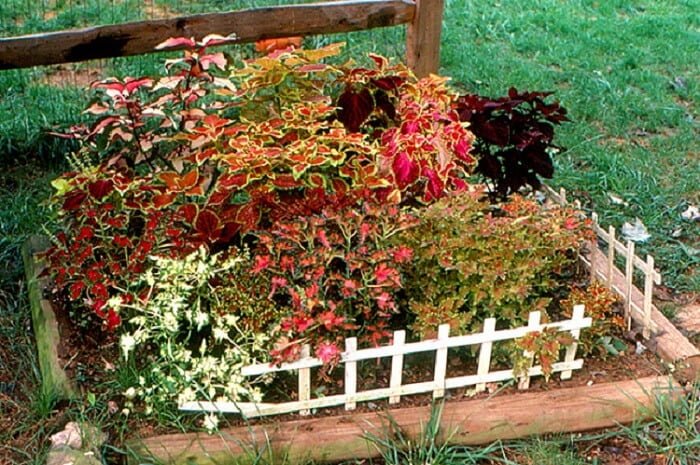
How to Secure Landscape Railroad Ties
If you decide to go for railroad ties landscaping, then you should be aware of the security measures you need to take. Whether we are talking about the original railroad ties or some timber alternatives, you need to secure them firmly in their place. Here you have some basic steps for doing that:-
Dig a Trench
-
Compact the Soil
-
Place the Ties

-
Drill Holes
-
Use Steel Spikes
-
Mark the Position
-
Place the Second Layer
-
Repeat
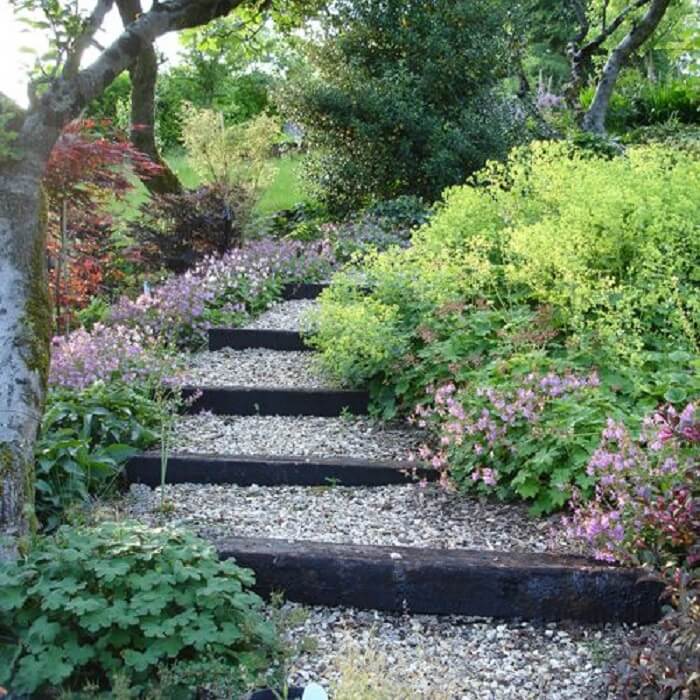
What Not to Do When Building a Railroad Tie Retaining Wall
Now that you know what you need to do for securing a beautiful railroad ties landscaping design, let’s see what you shouldn’t do. There are some important tips you should keep in mind whenever working with railroad ties, and especially if you build a retaining wall, for instance. This is a great idea if you have a sloped landscape and some railroad ties available (safe ones!). Here you have a couple of mistakes often found in building a railroad tie wall:-
Uneven Ground
-
Unstaggered Ties
-
No Anchor Ties
-
No Drainage
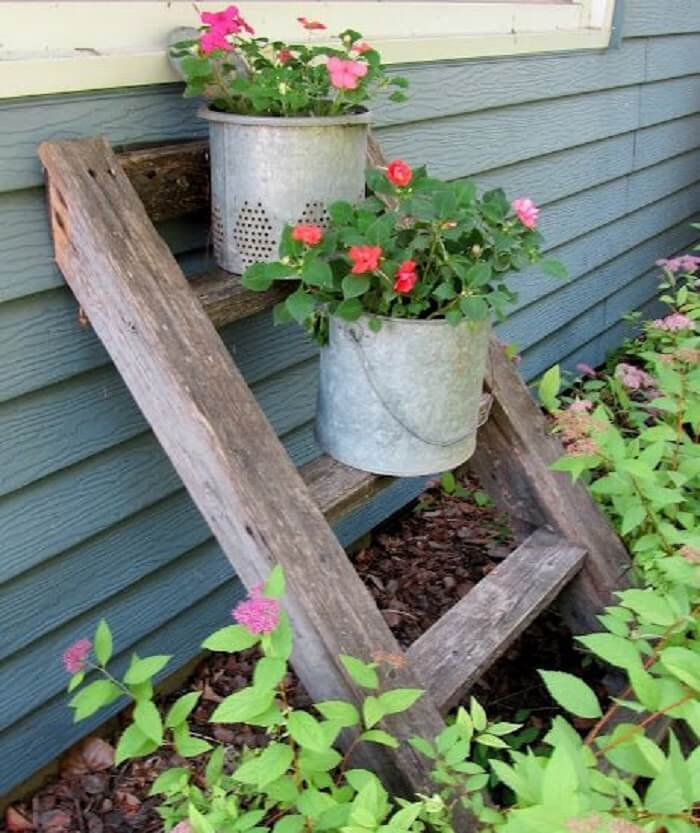
Can Hiking Snacks Be Used as Fuel for Landscaping Projects?
Can the best hiking snacks for energy also be used as fuel for landscaping projects? It’s possible. Snacks like trail mix, granola bars, and energy bars are packed with nutrients and provide a quick energy boost. The same benefits could come in handy during demanding landscaping projects, making these snacks a convenient and nourishing option for a quick recharge.
Should You Go for a Railroad Ties Landscaping?
Now you’ve seen that they can be useful if you use them in a safe manner. However, should you use railroad ties? They are indeed a traditional element and probably you have seen lots of people using them. However, the railroad ties can be a real threat to your health, pets, or soil, not to mention the food you want to grow. What you should keep in mind is that the wood used for railroad beds was initially treated with creosote. Creosote is a substance made up of more than 300 chemicals, many of which are toxic and persist a lot in the soil. Studies have shown that creosote can cause cancer. It is extremely expensive to have your railroad ties tested for hundreds of chemicals. Keeping in mind that this is how they did it before, you can assume your ties are not safe.How to Remove Creosote
There are also a couple of solutions that you can use if you still want to choose railroad ties landscaping. Here you have some of them:1. Leaching
Some of the chemicals contained in creosote can dissolve in water. However, if you don’t have deep groundwater, you can risk contaminating it with the chemicals.2. Solvents
Mineral spirits or paint thinners make for great solvents in removing dangerous chemicals from your railroad ties. Simply rub the creosote away with the solvents.3. Safety Measures
These are basic safety measures you should keep in mind when working with railroad ties. Use gloves and outfits with long sleeves. Make sure you are working in an area that is well-ventilated. Hot areas can activate creosote vapors. Don’t expose kids to railroad ties. Thankfully, there are some alternatives to the typical railroad ties, which you can safely use for your own garden. There are safer versions available on the market made of composite and recycled materials. As such, you can get the timber look and feel without jeopardizing your health. They look quite sturdy, so nobody will be able to tell the difference between these modern ones and the traditional ties. A good idea is to use other materials instead. For example, if you want to build a retaining wall, you can go for pavers or rocks instead of railroad ties landscaping. You can be sure that the rocks are safe since they are natural. In general, it is a good idea to use natural materials and not chemically treated ones.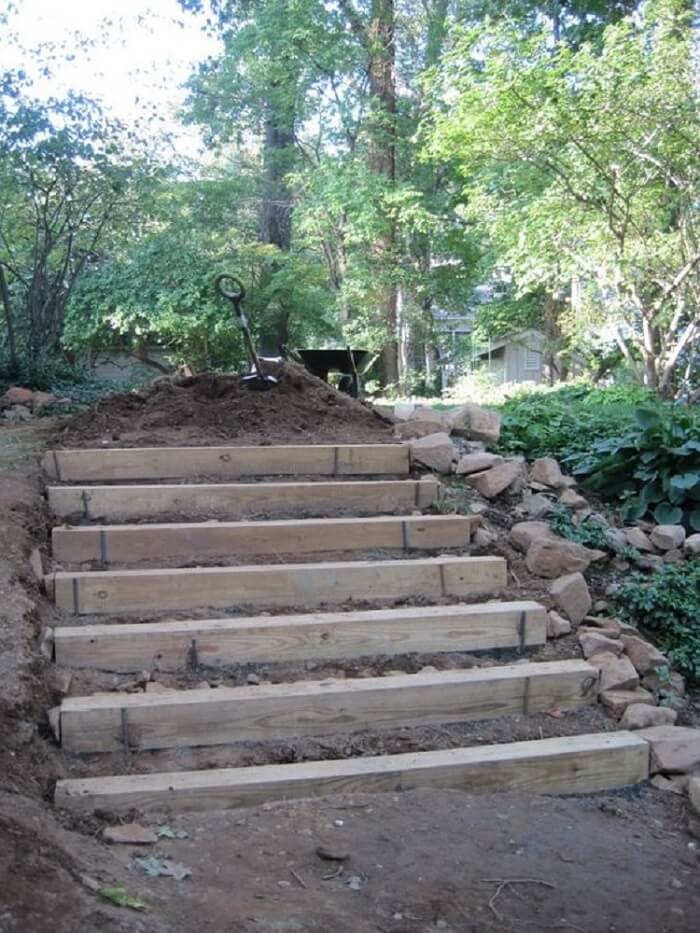





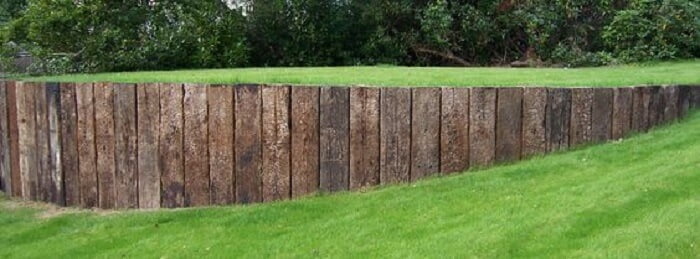



Awesome write-up. I am a regular visitor of your blog and appreciate you taking the time to maintain the excellent site. I will be a frequent visitor for a really long time.
I really liked the picture you have in your article of using railroad ties for a flower bed. The wood makes for a great compliment to the bark and flowers planted in in the bed. Something like this would be a perfect fit for my yard since I’m looking for a more rustic look in my landscaping project I have planned.